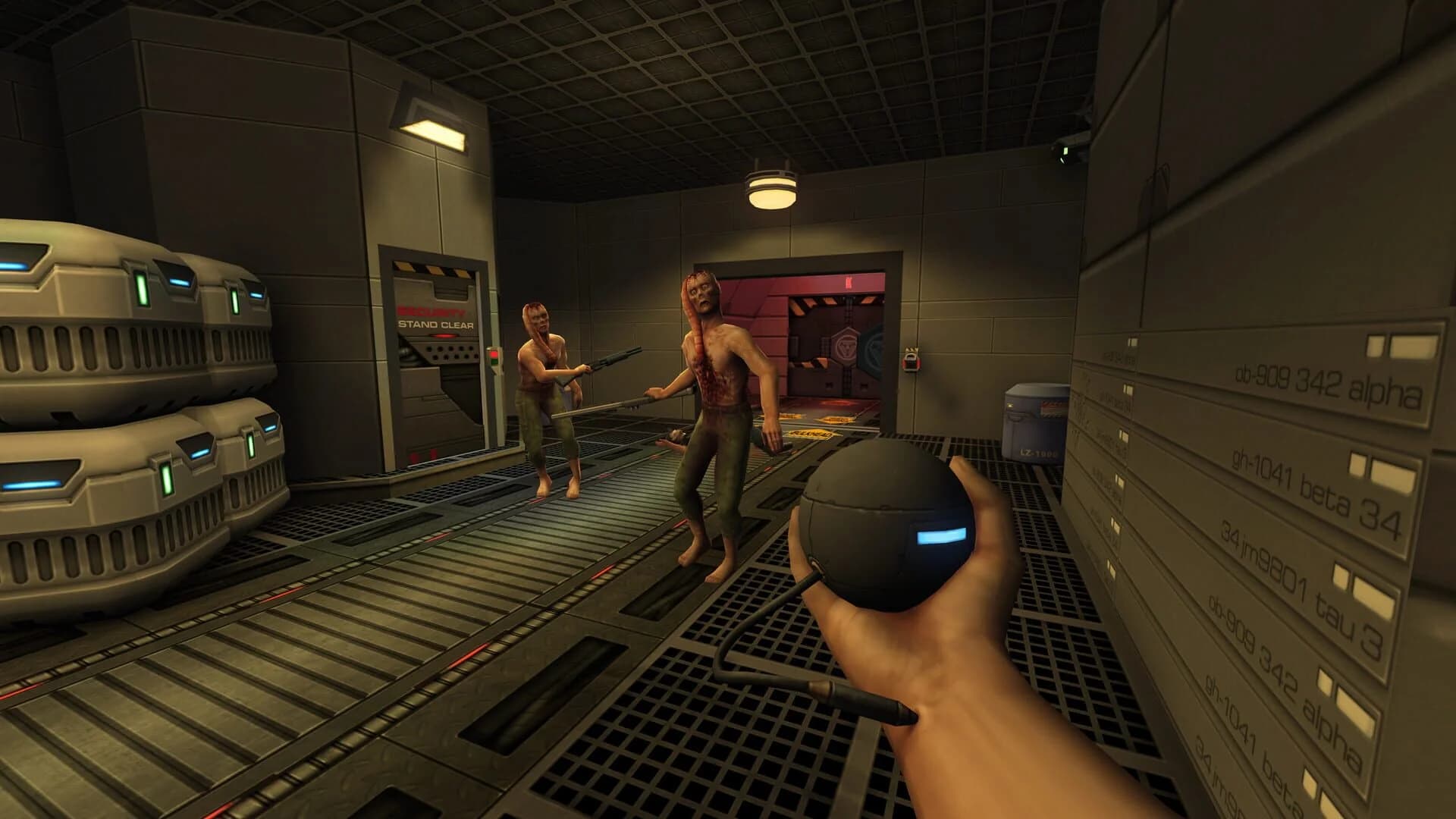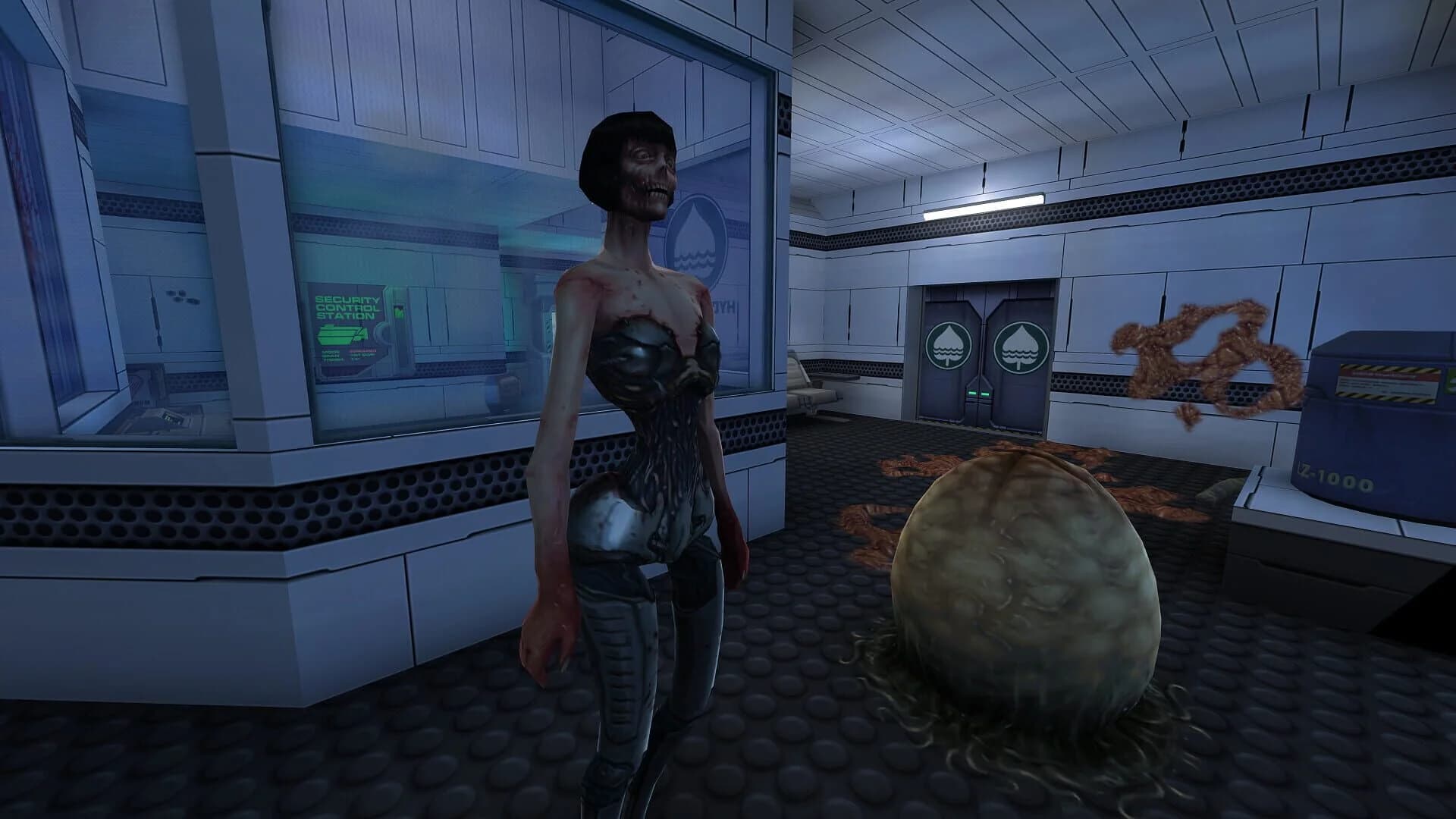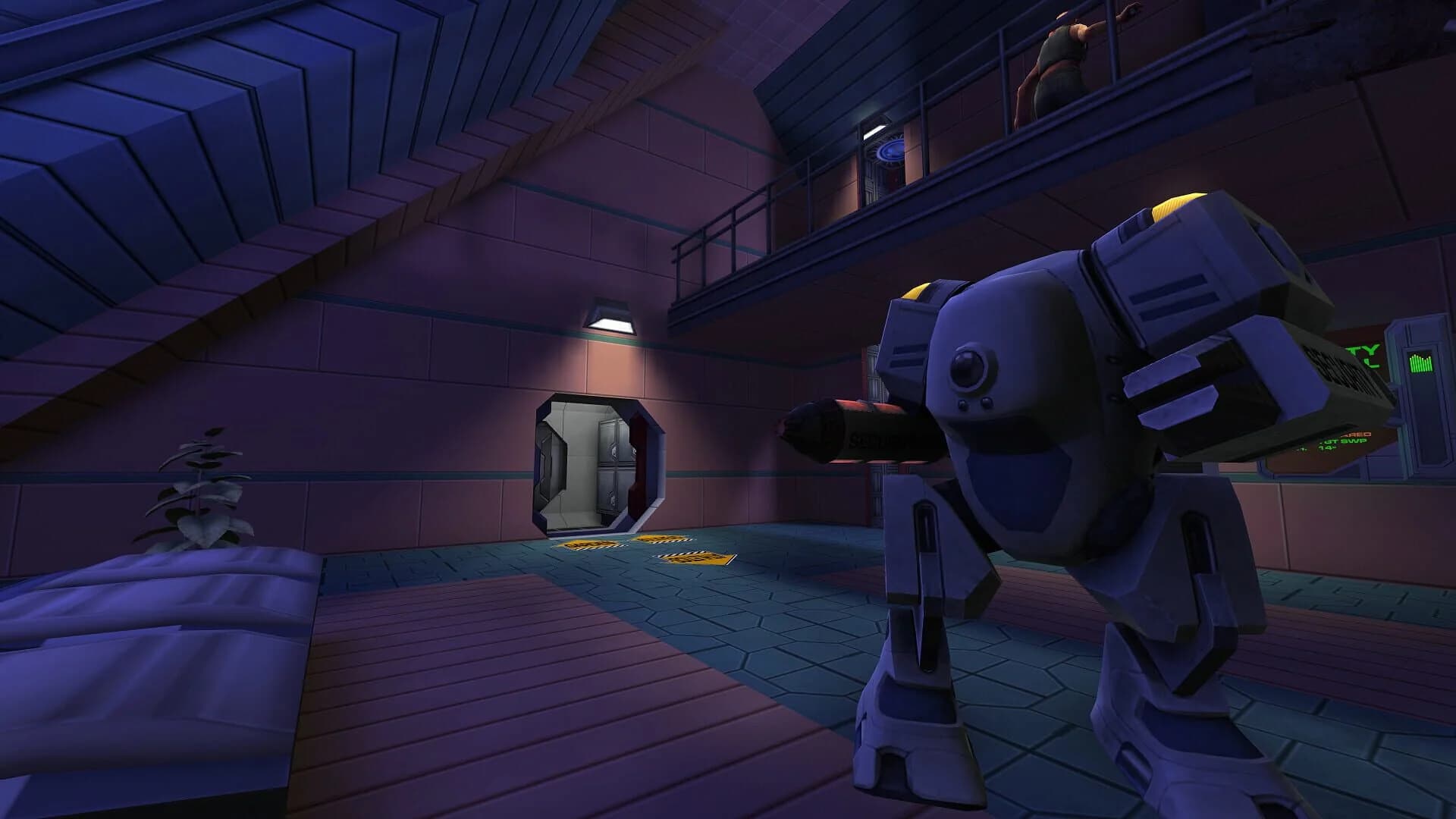
I’ve always had a love-hate relationship with remasters. Too many classics get buffed until every rough edge disappears, erasing the personality that hooked us in the first place. When Nightdive Studios released System Shock 2: 25th Anniversary Remastered on June 25, 2025, I braced for another over-polished relic. Instead, after midnight marathons on my aging GTX 1070 rig, I discovered an HD restoration that preserves the original’s humanity, not just high-res pixels. Two weeks in, I can confidently say this isn’t a “Definitive Edition”—it’s a time capsule that crackles with the game’s original quirks and creaks.
Booting into the Von Braun felt less like donning a spotless museum display and more like pulling on a time-worn leather jacket—fractured seams, stubborn zippers, but packed with soul. The iconic opening slideshow, complete with its pixelated stills and SHODAN’s venomous narration, remains gloriously cheesy 1994 fare. Nightdive Studios, known for reviving classics, opted for handcrafted fidelity over flashy filters. They resisted the urge to superimpose modern CGI gloss and instead leaned into the original’s grime. The result? An experience that feels alive, raw, and unapologetically imperfect—just as creator Warren Spector intended.
Under the hood, the remaster delivers meaningful technical strides without betraying the original art direction. On PC, you can push 4K at up to 144 fps; consoles hit a steady 120 fps on compatible displays. Character models are sharper, environments more layered, and every cutscene has been fully remade by hand instead of AI-upscaled. Rusted panels gleam under flickering lights, while shadowed corridors feel weightier, heightening immersion without sacrificing tone.
It’s in the details: decals on machinery now show grime etchings, while distant enemies carry more distinct silhouettes through murky vents. Even blood spatters appear more textured, but never so polished that they lose their grainy horror. These upgrades respect the original’s claustrophobic vibe, preserving the unsettling atmosphere that defined the series.
Audio, too, is overhauled with discretion. Ambient hums resonate deeper, creaking doors echo with spine-tingling weight, and SHODAN’s whispers slice through the darkness with crystal-clear menace. Yet the hydroponics bay—swathed in green haze and looping ventilation hum—retains its original claustrophobia, as if the air itself is alive. The tension peaks when you creep through the lifepod corridors: every drip of water, every distant clank, becomes a jump scare in waiting.
Nightdive enlisted the original voice actors where possible, blending classic recordings with new takes that capture the same raw delivery. When SHODAN coughs out its twisted monologues, you can almost taste the metallic tang of the station’s reclaimed air. It’s a rare feat in modern AAA games, where blockbuster soundtracks often drown out atmospheric nuance.

Perhaps Nightdive’s boldest move was preserving certain glitches. In my first Hydroponics run, I spent ten minutes hunting for a missing toxin canister—only to have it teleport into my inventory when I peeked at the console. Frustrating? Absolutely. Authentic? Even more so. These vestigial hiccups are relics from an era when ambition outpaced stability. Each misaligned elevator or phantom audio stutter feels like a secret handshake with the past.
Modern games rush day-one patches to erase every bug, but here a missing texture or odd NPC behavior can spark genuine surprise. I once watched a security bot clip through a bulkhead and drift off-screen—an impromptu ghost story. Moments like these aren’t mere quirks; they’re cheeky reminders that the Von Braun has history, and every glitch tells part of the ship’s saga.
No quest markers light your path, journal space is limited to hand-scrawled notes, and inventory Tetris demands thoughtful packing. In an age of “press-to-mark” objectives, this design feels like a clarion call: pay attention. Sure, I missed a Cyberpunk-style quest log, but fumbling through dim corridors with map scraps and memory amplified the dread. Finding that locked crate wasn’t a chore—it was an event, complete with palpable relief when the lever finally clicked.
Skill upgrades in hacking, Psi powers, and weaponry never lose their weight. Choosing between bolt cutters for a tight hatch or extra shotgun rounds for Corridor 14 creates real stakes. Scarce resources turn every decision into a micro-quest: brave a toxic spill for a health injector or conserve ammo against the inevitable mutants. Many modern AAA games would hand you unlimited healing items, but here, every syringe you carry feels precious, every muted gunshot echoes through the empty decks.

System Shock 2’s level design thrives on verticality and interconnectivity. Each deck loops back on itself, rewarding exploration and creative problem-solving. I remember discovering a hidden vent shaft in the Medical Bay that snaked all the way to the Security Wing. That detour led to supplies I desperately needed and a fresh route to flank a hazardous encounter—moments of player-driven triumph that AAA blockbusters rarely replicate.
The remaster enhances this complexity by improving collision detection and interactive elements. Lever placements are more precise, terminals respond faster, and environmental puzzles—like rerouting power to sustain life support—feel tactile. Yet the core layout remains untouched, preserving the carefully crafted labyrinth that first enthralled us in 1999.
As debates rage about digital preservation versus revisionism, Nightdive makes its stance clear: restore, don’t revise. Too often, re-releases scrub away artistic missteps to appeal to wider audiences. Here, every crack in the Von Braun’s plating and every AI dialogue glitch is a historical artifact. This philosophy strikes at authenticity’s heart: creativity thrives on imperfection.
Rather than splice old voice lines into new engines, Nightdive treated System Shock 2 like a vintage vinyl—carefully cleaned, pressed in high fidelity, but free of auto-tune. It’s a subtle manifesto: in an age ravenous for slick polish, sometimes true beauty lies in the cracks. This guiding principle shines through every feature toggle, from the optional motion blur to the authentic low-res shader filter.
On PC with adaptive sync and uncapped framerate, input lag vanishes, crashes are rare, and loading screens flash by. Console players enjoy a smooth 120 fps with near-zero drops in high-stress sequences. Mouse aiming snaps into place, menu drag-and-drop feels tactile, and quickbars respond instantly. Even here, however, you’ll catch ghostly echoes of the past: enemy pathing oddities, audio pops that sharpen SHODAN’s shriek, and occasional texture streaming delays between decks.

These aren’t game-breakers but threads in the Von Braun’s tapestry. The moment you round a corner and hear a misplaced clang, you realize that modern performance has been woven around, not over, the original experience.
If you worship frictionless progression, hate ’90s-era quirks, or crave cinematic blockbusters, this remaster may test your patience. Those reliant on open-world GPS-style quest markers or infinite inventory will likely tap out early. But if you crave deep, player-driven exploration, tense resource management, and a world that refuses to hold your hand, System Shock 2 Remastered is your crucible.
For immersive sim veterans—Deus Ex disciples, BioShock loyalists, and retro purists—this release is a masterclass in respectful preservation. It embarrasses many contemporary AAA titles by reminding us that atmosphere, player agency, and storytelling complexity still trump spectacle.
System Shock 2: 25th Anniversary Remastered is far more than a shiny facelift—it’s a love letter to gamers who remember when ambition outgrew resources and developers embraced chaos. Nightdive Studios shone a spotlight on the game’s cracks rather than buffing them away, delivering a restoration alive with history, haunted by its flaws, and unmistakably human. In a landscape ravenous for polish, this remaster reminds us why glitches, lag spikes, and pixelated secrets matter: they are the soul of interactive storytelling.
Score: 9 / 10 — A masterclass in preserving humanity, warts and all.
Get access to exclusive strategies, hidden tips, and pro-level insights that we don't share publicly.
Ultimate Reviews Strategy Guide + Weekly Pro Tips